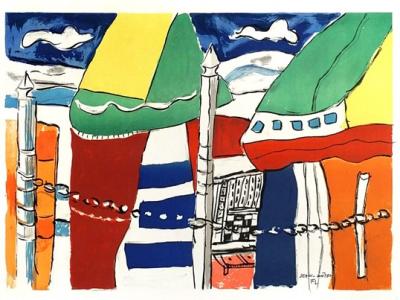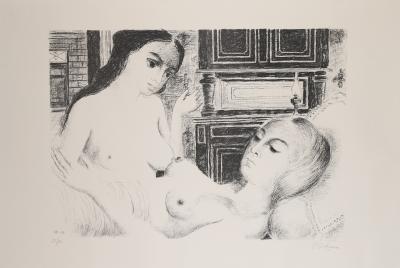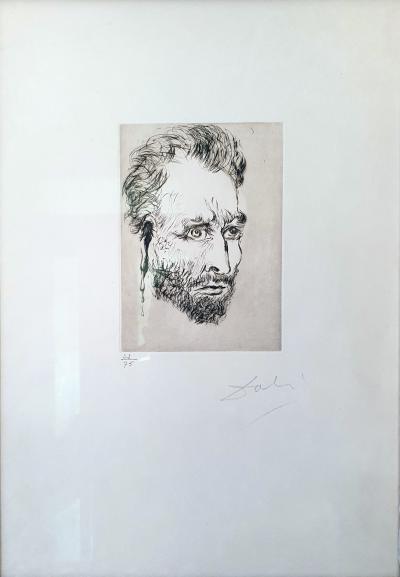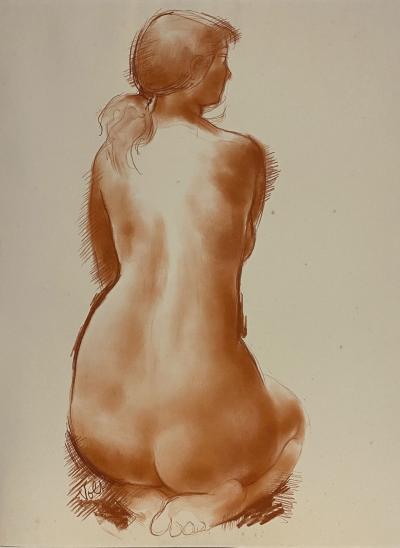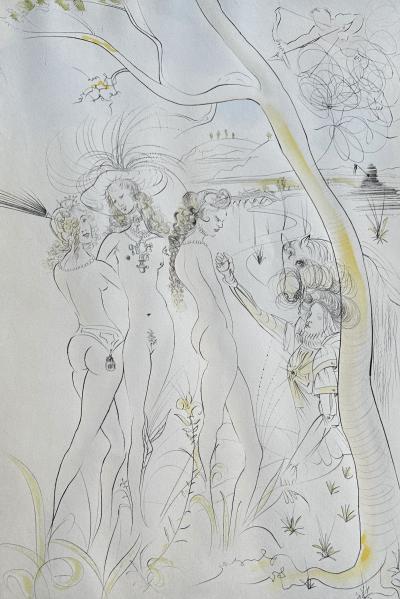Fernand Léger (1881-1955) is a french painter, and also a creator of tapestries and stained-glass windows cartons, decorator, ceramist, sculptor, draughtsman, and illustrator. He was one of the firsts to exhibit publicly cubist-orientated works, even if his style was sometimes qualified "tubist".
Starting 1903,
Fernand Léger (1881-1955) is a french painter, and also a creator of tapestries and stained-glass windows cartons, decorator, ceramist, sculptor, draughtsman, and illustrator. He was one of the firsts to exhibit publicly cubist-orientated works, even if his style was sometimes qualified "tubist".
Starting 1903, Léger is already sharing a studio with the painter André Mare. After failing at the Beaux-Arts, he trained in several academies. The famous Daniel-Henry Kahnweiler became his art dealer.
In 1907 he was struck by the Cézanne retropspective, which strongly orientated his painting. The same year, he discovered Picasso's and Braque's cubism. Starting 1908 he was working along with Modigliaeni, Laurens, and Alexander Archipenko, and became friends with Blaise Cendrars, Max Jacob and Guillaume Apollinaire, and echoed with the painter Robert Delaunay.
In 1909 he painted "La Couseuse", which opened his cubist period. With "Nu dans la forêt" (1909-1910), Léger proposed a personal cubism. In certain respects, this work is an anticiption of the italian futurism. If he is sharing the cubist attention to create a non figurative realism, he distinguishes himself from the Montmartrois by imposing visual cubism, and not an intellectual one.
In 1924, with the help of Dudley Murphy, he shot the film "Ballet mécanique". The same year, he got closer to the purists and took part in the revue "L'esprit Nouveau".
According to Vauxcelles, he practiced« tubism ». The interest he has in the dynamism « reflection of the modern world », drove him to keep away from intimistic and traditional themes depicted by Braque or Picasso, so as to paint contemporary subjects.
Fernand Léger joined the communist party in 1945, and remained a member until the end of his life.
In Biot (Alpes-Maritimes), the Musée national Fernand Léger, built by his wife, Nadia Léger, and Georges Bauquier, is dedicated to him, and showw the biggest collection of his works.
Lire plusLire moins
